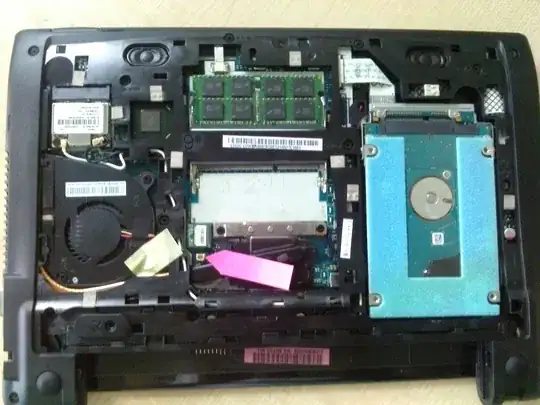I recommend removing Chrome completely from the Chromebook rather than running a Chroot. It makes everything run faster and much smoother.
I'm seeing a lot of people, in questions like these, answer saying that you can't remove ChromeOS from a Chromebook due to Chrome custom BIOS not letting you. I want to clear that up and say you can.
This tutorial-like answer is for installing the full version of Ubuntu to your Chromebook. It isn't a version of Ubuntu like Chrubuntu but the real, full-fledged, OS.
How?
I installed SeaBIOS on my Chromebook and installed Ubuntu 17.04 from a flash drive, however, I think that SeaBIOS also allows you to install an OS from Jeltka (I'm not sure what that is and I didn't use it; I already had the flash drive made).
SeaBIOS boots from SSD by default but, as it's loading, you can tap esc and boot from any device listed. This lets you run a native OS as well as any other OS that is compatible with your hardware from a USB.
To replace Chrome's custom ROM and install different OSs, you have to first put your Chromebook into
Developer Mode:
To invoke Recovery mode, at login screen, you hold down the ESC and Refresh (F3) keys and tap the Power button.
To enter Dev-mode you first invoke Recovery, and at the Recovery screen press Ctrl-D (there's no prompt - you have to know to do it). It will ask you to confirm, then reboot into dev-mode.
Dev-mode works the same as always: It will show the scary boot screen and you need to press Ctrl-D or wait 30 seconds to continue booting.
Hardware
After this, you will need to bridge the write protect jumper with your chromebook off and preferably with the battery out!
NOTE
This is where the write protect jumper is on a Parrot Chromebook (Acer C710); it will probably be located in a different place on your Chromebook, if it's a different model.
 That little white square at the end of the pink tab is the jumper (it's under a black tab that you'll have to peel off); you can probably bridge it with a bit of solder, if you want it permanent. I used a piece of aluminium foil.
That little white square at the end of the pink tab is the jumper (it's under a black tab that you'll have to peel off); you can probably bridge it with a bit of solder, if you want it permanent. I used a piece of aluminium foil.
Software
Once you have done this, you'll need to reboot your Chromebook, open your browser, then press ctrl+alt+t to open the shell.
MAKE SURE YOU READ LEWIS'S SUPPORTED MODELS MATRIX
Once you have read the developer's supported models matrix, you can run the following command in the Crosh shell as a normal user not root
Command
cd;bash <(curl https://johnlewis.ie/flash_cb_fw.sh)
Last Bit
Finally, follow the on-screen instructions according to your model and what the matrix says it supports.
Once you have done all of this, you will be able to install an OS from USB to your SSD, run an OS from live USB, or, now, again, I'm not sure how this works so you should do some research (I couldn't find much when I was looking), you can boot from payload which, I think install an operating system of your choice from the ones available.
Note
On a C710 Chromebook, I know the touch pad won't work (I'm working on installing the Ubuntu-modified ChromeOS drivers) and neither will the brightness keys, volume, reload-page button, etc. I'm not sure what the issue is there yet, but I am working on it and, if you do what I've said here, and want the drivers/keyboard-fix-stuff, ping me and I'll edit those into the answer once I've figured it all out. I don't know what will/won't work on other models.
This will wipe everything on your computer so I recommend transferring any files you have to some cloud storage system or to a flashdrive or something.
 That little white square at the end of the pink tab is the jumper (it's under a black tab that you'll have to peel off); you can probably bridge it with a bit of solder, if you want it permanent. I used a piece of aluminium foil.
That little white square at the end of the pink tab is the jumper (it's under a black tab that you'll have to peel off); you can probably bridge it with a bit of solder, if you want it permanent. I used a piece of aluminium foil.